My ancestral village is tucked in a remote corner of Bhal, the wheat bowl of Gujarat. Therefore, wheat has been the staple cereal grain of our regional cuisine. Bhal is also known for being one of the finest durum wheat varieties. The GI tagged Daudkhani or Bhalia wheat (more on that soon). Bhakhri, Rotli, Lapshi, Kansar, Ladoo, Sheero and foods made with wheat hold our everyday and festive meals together. Rotli for lunch, Bhakhri for dinner, Kansar or ladoo for pangat meals at weddings were a norm back in the day. And so was Khichri made with kodri (kodo millet). Rice was a luxury not many could afford. The champions of authentic Daudkhani wheat vouch for the variety’s ability to give you the best Bhakhri, Ladoo, Lapshi and of course Thuli.
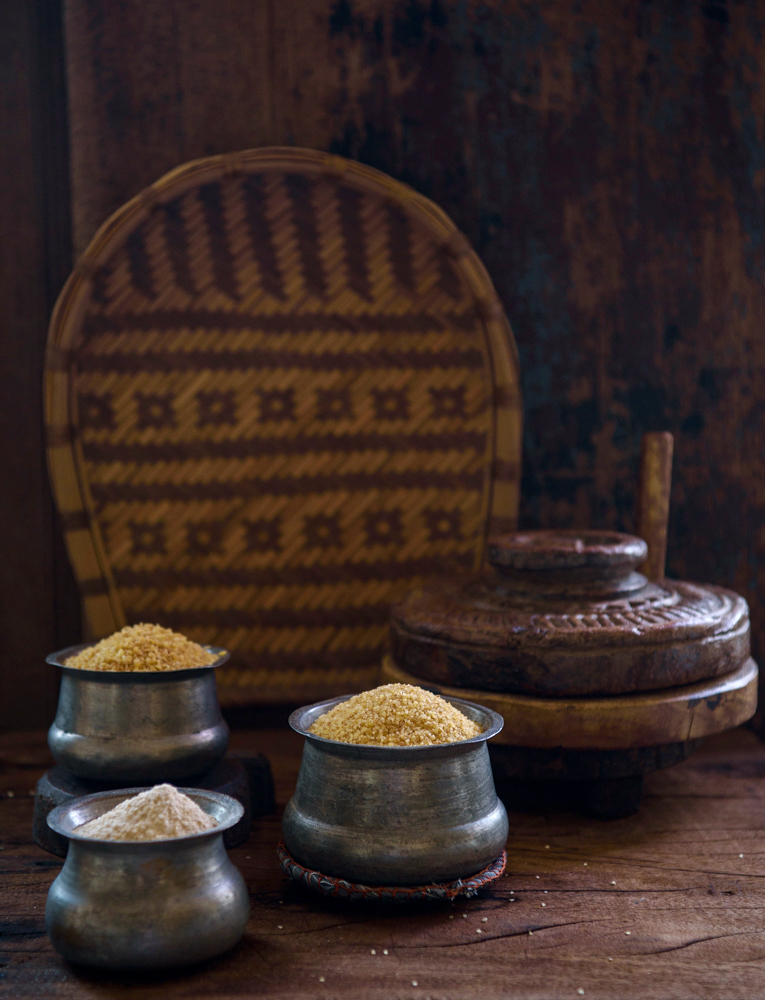
Somewhere between Fada (cracked wheat) and Ladoo-Lapshi flour (very coarsely milled flour) is a grind we all call Thuli (like fine couscous). When we say Thuli it means the consistency of ground wheat and the dish itself (much like Daliya). And 50 – 60 years ago, it was the most preferred food for dinner, especially amongst the elderly and children. There was always thuli in the dabba waiting to be rustled up as quick dinner to be enjoyed with milk or ghee-gor/jaggery (no, they did not bother about adding handful of vegetables to it), the idea was to have very simple, spice free meal at the end of the day. And that was the charming aspect of this preparation. It had to be simple, lite and honest. In our household, my very disciplined Ba would always have Thuli for dinner, which she invariably had at 6.30 (yes, that early), and for a very long time, she milled the thuli herself in the manual stone mill.
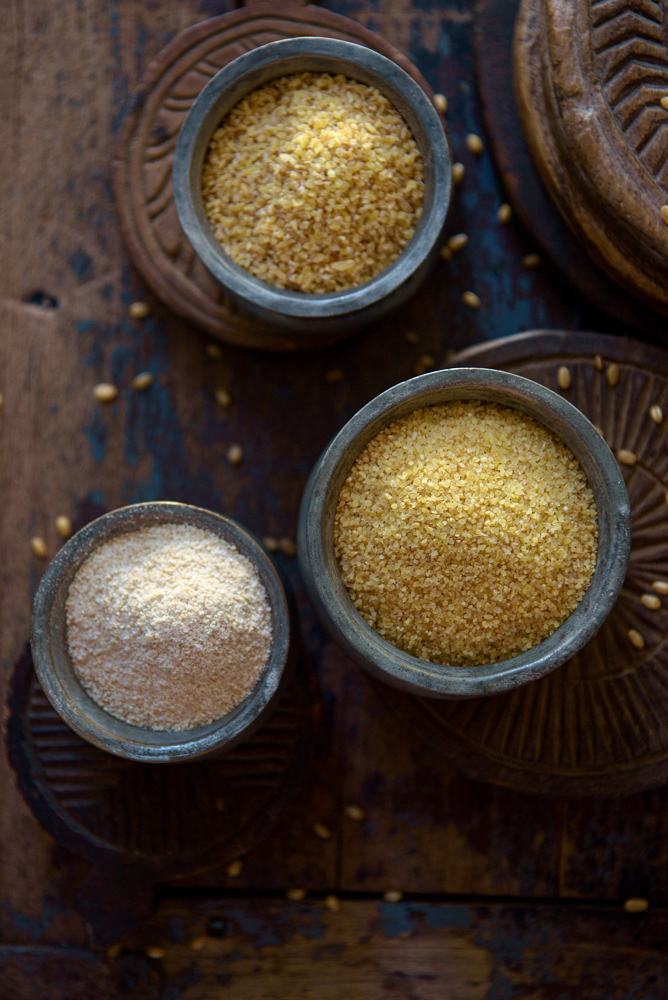
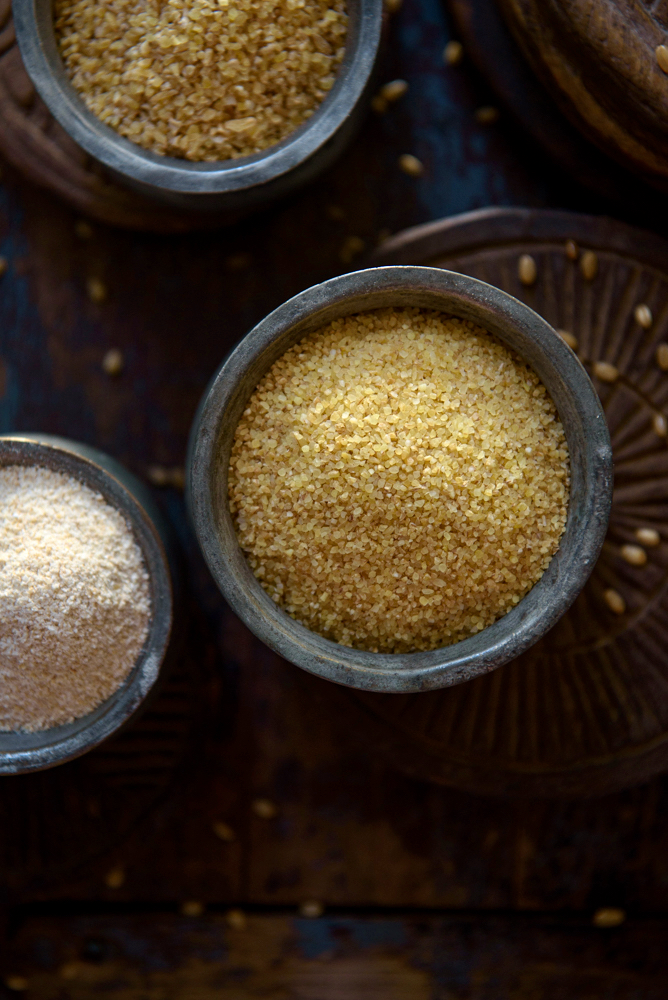
While we love eating Fada (cracked wheat) in Laapshi and Khichri, the humble Thuli has lost its appeal. Sadly, many neighbourhood flour mills do not even mill Thuli because it is not demanded. The trend to cook some ‘variety’ for dinner has made us reach out for fancier dishes and ingredients. I hope we can mend the trend and embrace Thuli and other simpler foods with the same gusto. Every time I see my octogenarian father enjoy thuli with doodh or shaak for dinner, I can comprehend his need to remain connected to a staple he has grown up eating. And his memories of Thuli are vivid, “as children; we enjoyed thuli with ghee and jaggery rather than milk,” he shared while we were on the subject. And my Bhabhi remembers Ba pounding garlic, chillies and ginger to make tempered thuli on some days of the week.
The recipe for making thuli is pretty simple. Dry roast thuli on a low flame till it emits a pleasent aroma (takes a few minutes). Add double the amount of water, season with salt and cook for a few minutes. It takes less than five minutes to cook 1/4 cup thuli in 1/2 cup of water. If you wish to opt for a tempered version, temper jeera, hing, pounded garlic, green chilli and ginger mix in a teaspoon of ghee or oil. Add a pinch of turmeric. Add 1/4 cup Thuli, roast it for half a minute, add 1/2 cup water, season it, and the thuli will be done in less than 5 minutes. Enjoy hot.
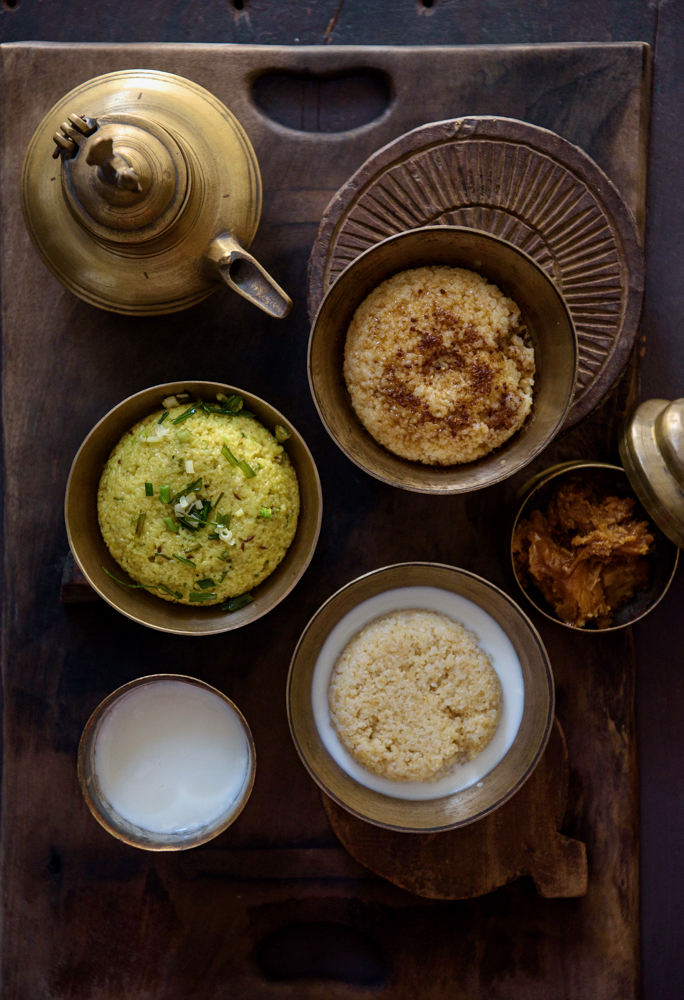

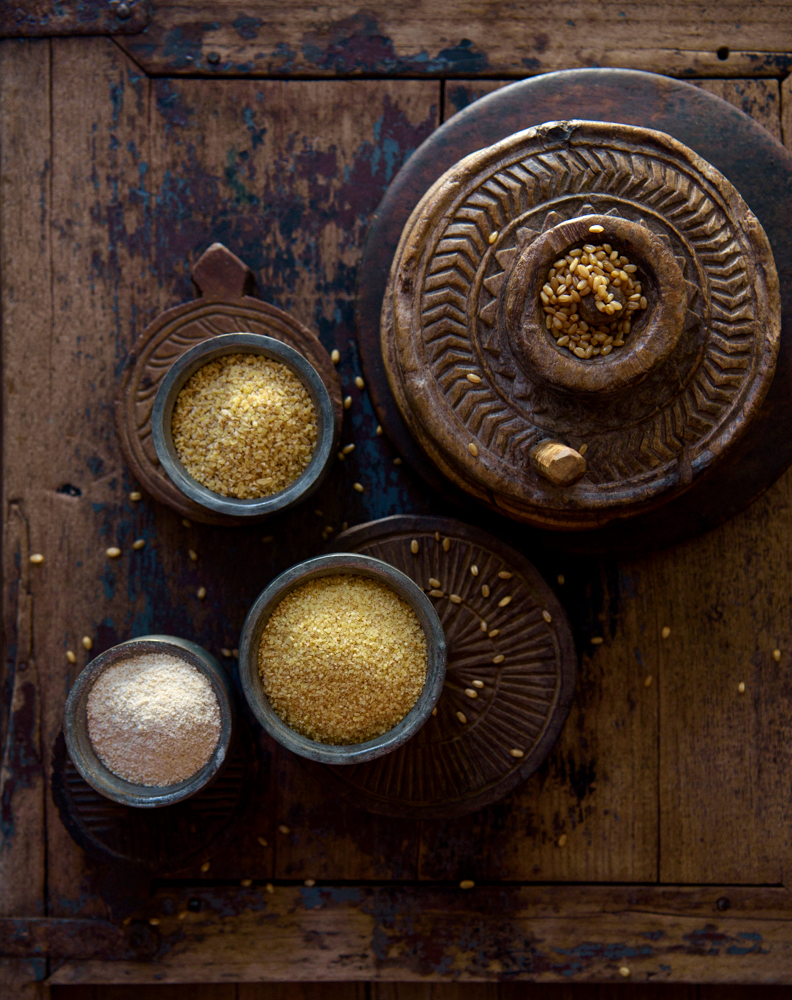

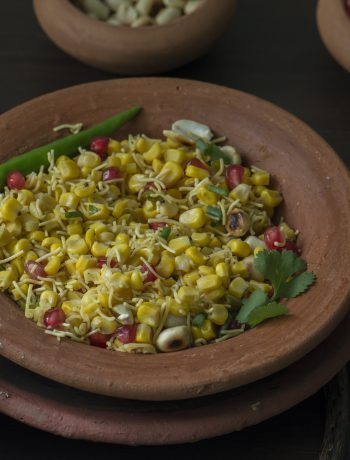
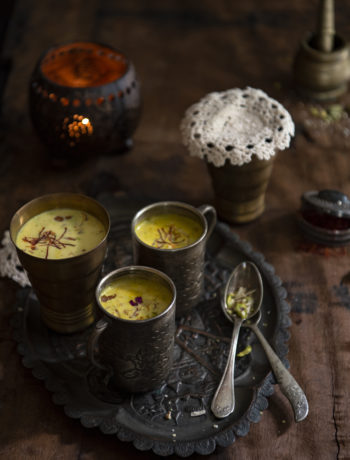
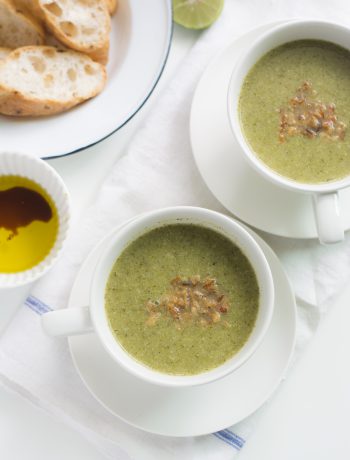
No Comments